I am working on a project using the HIP4081 full bridge driver. I prototyped the working circuit on a breadboard experiencing heavy ringing on the gates of the high side MOSFETs (the ringing also shows up on the 12 V VCC of the HIP4081 supply). The driver IC also stops working when trying to switch voltages above approximately 60 V. My thought at the time was that it could be due to parasitic inductances on the breadboard so I went ahead and designed a small PCB but the issue remains essentially the same.
The oscilloscope screenshot below shows:
- Magenta: VCC voltage of HIP4081 bypass capacitors (400 nF)
- Cyan: Voltage at load (e.g. source of MOSFET)
- Orange: Turn-on logic signal
Another measurement shows:
- Magenta: HIP4081 output to gate of high side MOSFET
- Cyan: Voltage at load (e.g. source of MOSFET)
- Orange: Turn-on logic signal
I tried to minimize the loop-area of the gate drives, the figure below shows part of the layout. I run some of the power lines relatively close to the HIP4081 chip (I made sure the clearances are respected), but I'm not sure if that could cause issues?
The components used are the following:
- MOSFETs are CSD19535KCS with around 120 nC of gate charge at 12 V
- I use 10 ohm gate resistance
- I use around 400 nF (ceramic) bypass capacitance on the HIP4081
- I use 100 nF (cermaic) bootstrap capacitors
- I use a BAT46 150 mA Schottky diode as bootstrap diode
So far I'm mostly planning on using different MOSFET's for the next iteration (since I only need around 10 A of output current). Other than that I don't quite know yet what I should change to get rid of the oscillations. I tried replacing the 10 ohm gate resistors with 30 ohm gate resistors which reduced the ringing a little bit but I think the real issue lays somewhere else?
Edit: It looks like the issue of the oscillating gate voltage occurs at all four MOSFETs. (Magenta is the gate voltage measured at the HIP4081 pin, cyan is the load voltage, orange the logic signal).




